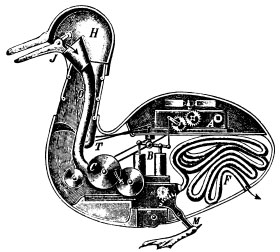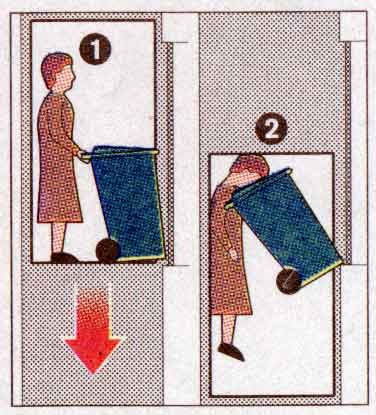
It’s just an ordinary office in Palo Alto, but it’s going to need some extra space for plaques. This one building, 165 University Avenue, has served as the incubator for Logitech, Google, PayPal, and Danger Research, makers of the Danger Hiptop handheld device.
That’s even more surprising given the building’s small size. The first floor is occupied by storefronts, and the upper story is only 5,000 square feet, usually divided among three companies. The tenants are almost stepping on each other: Google left behind a sign with its logo, which Paypal then left in place for the next tenant, Danger.
What accounts for so many huge successes in such a small space? It’s probably mostly due to the proximity to Stanford, but don’t rule out owner Rahim Amidi, who runs a small company that provides early funding to tech companies. Apparently Amidi has a good eye: Of the 20 companies in which he’s invested, two have gone public and only two have failed. “If you know someone who is the next Danger or Google or PayPal,” he says, “let me know.”



